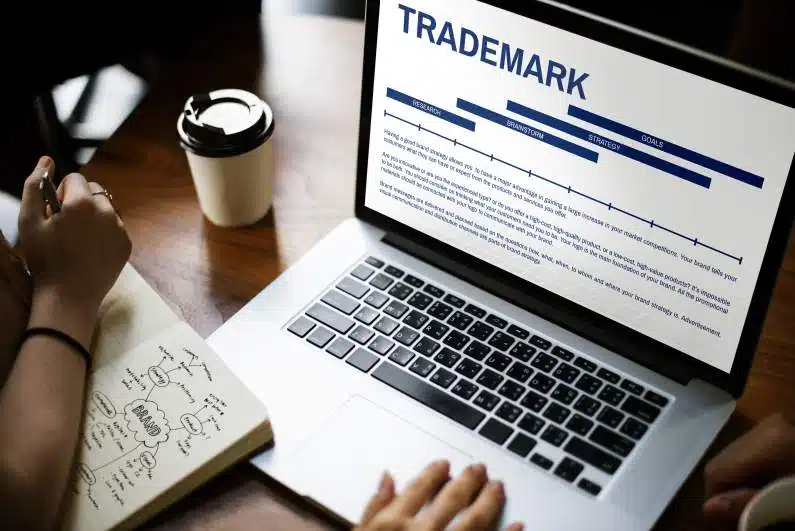Trademarks are significant intangible assets in today’s culture. A well-known trademark is a substantial source of income for a company.
In addition, a trademark serves as a visual representation of the company and its products.
As a result of the intense market rivalry, trademarks play a crucial role in concentrating products on the market.
To be successful in market competitions, all companies have a similar value system. As a result, trademark translation seems to be highly significant, and may have a substantial impact on a business.
If you want to expand your business abroad, here are the ways in which trademark translation can benefit your organisation:
Trademark translation can take you to a global market
A product’s brand name is critical. However, having a solid brand name alone isn’t sufficient. It’s vital to have an accurate and professional trademark translation.
Similarly, if you have invented a new product, you may wish to look into securing a patent for your innovation, as this patent will provide you with more protection, ensuring your company is secure for up to 20 years.
As a result of entering the World Trade Organization, China has seen an influx of international goods.
To succeed in the Chinese market, companies must translate their trademarks into Chinese as accurately as possible to attract consumers.
However, accurately translating trademarks isn’t always straightforward. The economic development that a business may experience with a successful translation of their trademark is enormous.
In order to file an application for a Chinese trademark, a certified translation of your prior trademark (in the U.K or the U.S, for instance) will be required.
Nevertheless, a trademark is unquestionably an effective marketing tool and symbol for a company.
It may also assist a business, allowing it to reach a broader global audience, and it can take you to a worldwide market.
Trademark translation conforms to the custom of target audience
The target audience’s customs should be followed while translating trademarks.
Chinese trademarks, for example, are often composed of two or three phrases, and these phrasings are aligned with Chinese tradition.
Traditional Chinese names and names of places are written and are comprised of two or three words at most.
This approach should be followed while translating trademarks from English into Chinese.
Once you join the Chinese market, the vast majority of your client base will be from China itself.
However, because these trademarks come from many cultural backgrounds, they must first be translated into Chinese.
They may gain market share and gain the trust of Chinese consumers if they have a competent trademark translation on their side.
As a result of cultural differences, individuals have various ways of thinking, temperaments, and interests when it comes to art and design.
Therefore, the specific cultures of the target nations should be reflected in the trademark translation.
Trademark translation complies with trademark law
Translations of trademarks must adhere to local rules and regulations, particularly trademark law.
This is because trademark legislations vary from country to country, you must be extra careful while translating.
For example, the word ‘citizen’ was rendered as ‘希奇准’ throughout the city. These three Chinese characters accurately and concisely define the product.
However, because of Hong Kong’s trademark laws, the brand name was rejected during the registration process. As a result of Hong Kong trademark legislation, ‘Citizen’ was later retranslated as ‘西铁城.’
Trademark translation protects the intellectual property
In order to differentiate one company’s products or services from those of another equivalent business on the market, trademarks are used. Intellectual property rights protect trademarks.
A trademark may be registered for national or regional legal protection at the national or regional trademark office by submitting an application for registration and paying the necessary fees.
The Madrid System of the World Intellectual Property Organization (WIPO) is an alternative to filing a trademark application in each country where you want protection.
However, it’s not easy to translate intellectual property. Since it involves so many nuances and linguistic subtleties, it requires an expert’s touch.
As there is a lot of complexity and subtleties involved in translating intellectual property, it’s best left to those with extensive experience.
Trademark translation brings huge profit
A trademark is unquestionably an effective marketing tool for a company. It may also assist a business in reaching a broader global market.
A good trademark seems to play a crucial part in conveying meanings, explaining the benefits of a product, and differentiating such a product from its rivals.
A good trademark may save a company a lot of money, while simultaneously generating enormous revenues.
As a result, businesses make no compromises when exploring the commercial attractiveness of trademarks from every angle.
Conclusion
To summarise, trademarks are critical to the selling of goods. When trademark translations are precise, they become a company’s intangible asset when it expands abroad.
Cultural and religious differences may have a significant role in the translation, so it would help if you prioritise these aspects while working on it.
Get in touch with us today, and receive a free, no-obligation quote!





